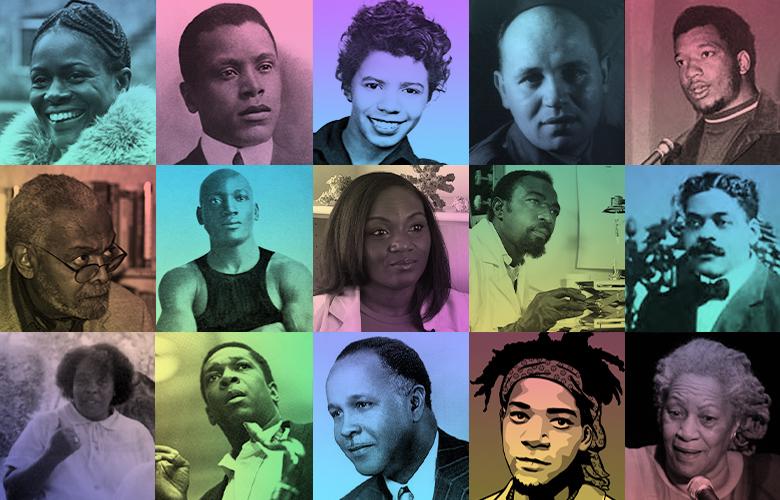
As a child, February meant learning about George Washington and Abraham Lincoln and picking out candy hearts and cards to exchange on Valentine’s Day. It also meant a month of extra homework to teach me and my classmates about the same 10 or so notable Black people and events each year. At 12 years old, I knew this was important, but I didn’t understand why I should care. Nor were there any other discussions about this throughout the year. The unintended message I received was that Black people, including me, warranted one month of consideration and were then set aside for the rest of the year.
Unbeknownst to me at the time, my childhood ambivalence reflected concerns that would continue to my adulthood. If it is important, why is the study and discussion of Black History relegated to only one month? And why should I care about historical figures and popular icons one-dimensionally incorporated into lesson plans?
It wasn’t until I took an African American Studies class in college that I learned the original intent of the month. Carter G. Woodson’s vision when he founded Negro History Week in 1926—the predecessor to Black History Month—was to provide Black Americans with a balanced history1 by prompting the creation of black history clubs and increased interest among teachers.2 Woodson also sought to address an educational system that “depresses and crushes the spark of genius” in Black children by making them feel their race would never “measure up to the standards of other peoples.”3
Today, corporate America embraces Black History Month, and in the face of a browning America, businesses partner to strengthen communities and address systemic inequities. This shift and increased awareness bring us closer to Woodson’s vision. And while there is still a heightened focus each February, educators can also work throughout the year to remove structural barriers to a deliver a truly inclusive education.
How might this look? We can update curricula to teach Black history not only through cultural icons—slavery, Jim Crow and the Civil Rights movement—but also as a key component of all subjects throughout the year. When studying Marie Curie, let’s also study James Andrew Harris, the nuclear chemist who helped discover elements 104 and 105 of the periodic table. Include plays by Lorraine Hansberry along with those of Oscar Wilde. When teaching about the contributions of Ancient Greece, mention that Pythagoras and Plato were said to have based their work on their studies of Egypt in Africa.
In so doing, we can feed that spark of genius.
For more information on Black History Month, visit Teaching Tolerance.
Photo montage:
(Row 1): Cicely Tyson, Oscar Micheaux, Lorraine Hansberry, Romare Bearden, Fred Hampton,
(Row 2): Amiri Baraka, Jack Johnson, Dr. Kizzmekia Corbett, James Andrew Harris, Arturo Schomburg,
(Row 3): Fannie Lou Hamer, John Coltrane, Percy Lavon Julian, Jean-Michel Basquiat, Toni Morrison
| Deirdre Jennings-Holton is an international recruiting manager working in EDC’s Washington, D.C., office. She is also a member of the Diversity and Inclusion Committee and a trainer on implicit bias. |
1 Thought Co. (2021). What is Black History Month and how did it begin? https://www.bizjournals.com/columbus/stories/1997/03/10/editorial2.html
2 The Spiritual Life. (n.d.). Black History Month. https://slife.org/black-history-month/
3 Blackwell, K. (1997). Role models are important for black children. https://www.bizjournals.com/columbus/stories/1997/03/10/editorial2.html

Comments
Add new comment